The Flask Type High Pressure Moulding Machine is a fully automatic moulding system designed for foundries seeking precision and consistency. Operating on a multi-piston compaction mechanism, it delivers uniform, high-pressure sand compaction across the entire flask surface, ensuring optimal sand densification. This high-pressure moulding method eliminates variations in mould hardness and significantly reduces casting defects such as blowholes, scabbing, and mismatch—making it ideal for high-output foundry moulding lines.
Unlike traditional jolt-squeeze or impact-based systems, this automatic high pressure moulding machine uses a hydraulically actuated squeeze head, typically equipped with 4 to 6 pistons depending on flask size. The compaction stroke is fully programmable and pressure-controlled, enabling repeatable performance even for complex castings with tight dimensional tolerances. With capacities up to 240 moulds per hour, this flask-type moulding machine is engineered for modern green sand moulding applications and aligns with the automation needs of Indian foundries.

The flask-type high-pressure moulding machine is engineered around a hydraulic multi-piston compaction system that ensures uniform pressure distribution across the mould surface. Unlike conventional jolt-squeeze systems that rely on impact and momentum, this machine applies consistent vertical pressure through multiple independently controlled hydraulic pistons. This enables precise mould hardness and dimensional accuracy even in complex patterns with thin walls or deep pockets.
During operation, the flask is securely clamped and guided through a mechanically aligned system to ensure positional repeatability across cycles. This mechanical guidance—typically using dowel pins and taper alignment—ensures that the parting surfaces align perfectly, reducing mismatch and improving casting consistency.
The sand compaction cycle is fully automated and governed by a programmable logic controller. Each step—from flask positioning to sand filling, compaction, and ejection—is executed with closed-loop control. Parameters such as compaction pressure, dwell time, decompression profile, and filling speed can be adjusted according to the sand properties and casting complexity. This level of control eliminates dependency on skilled operators and minimizes variability between shifts or production batches.
Sand filling is designed to accommodate both inertial (gravity-fed) and aerated fill heads, depending on the foundry’s layout and the intricacy of the pattern. This flexibility ensures optimal sand flow around core pockets and undercuts, reducing chances of air entrapment and segregation. Fill settings can be fine-tuned to handle a range of sand grain sizes and moisture levels.
Moulding force typically ranges from 8 to 15 kg/cm², depending on flask size and tooling. This is significantly higher than what is achievable with jolt-squeeze or manually operated machines, and it results in improved surface finish and fewer casting defects like blowholes, sand inclusion, or poor dimensional conformity. The robust nature of the machine allows for continuous operation in high-throughput lines, with rated capacities of up to 240 moulds per hour under ideal conditions.
This system is particularly suited for foundries producing medium to heavy castings in cast iron, ductile iron, steel, or aluminium. Its modular structure allows integration with downstream automation—such as auto pouring, cooling conveyors, and robotic fettling—making it a critical part of a modern automated moulding line.
Belloi & Romagnoli’s BRAP (Multipress) series represents a proven, high-performance flask-type moulding system featuring:
Hydraulic multi-piston compaction for consistent mould quality,
High throughput (up to 240 moulds/hour),
Turnkey integration capabilities with P/H mixers, TDR cooling drums, and GSC sand control systems.
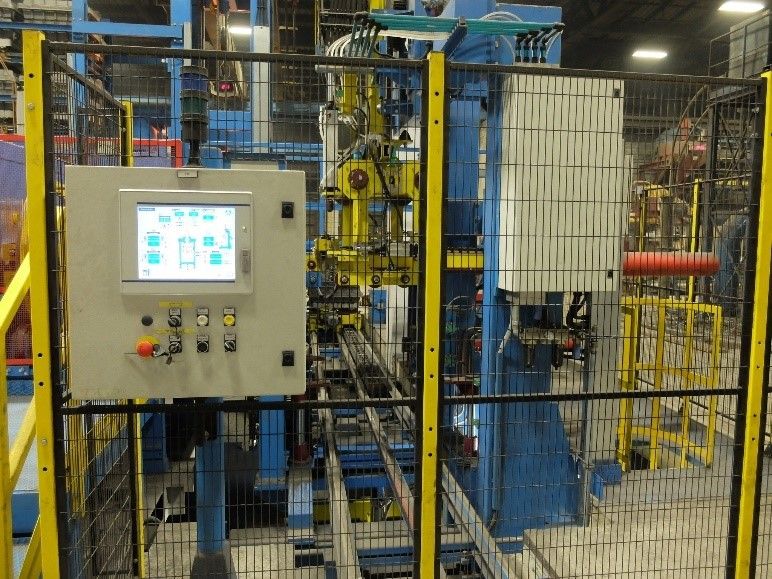
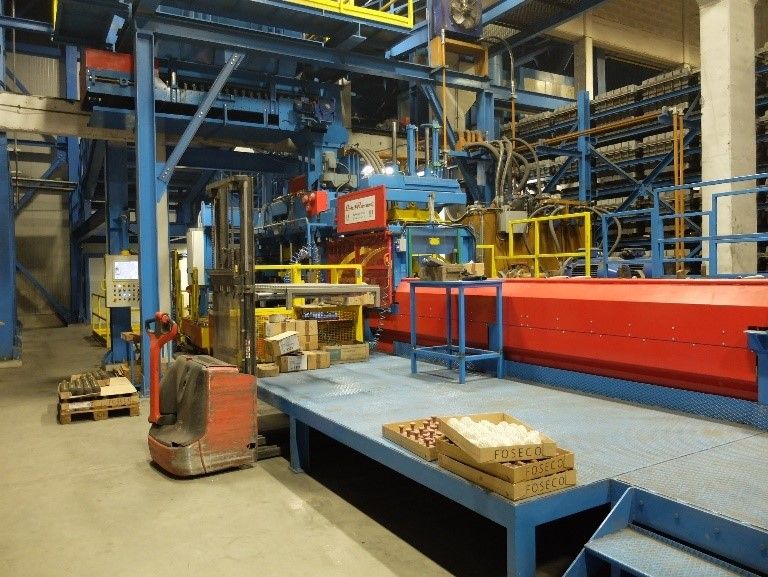
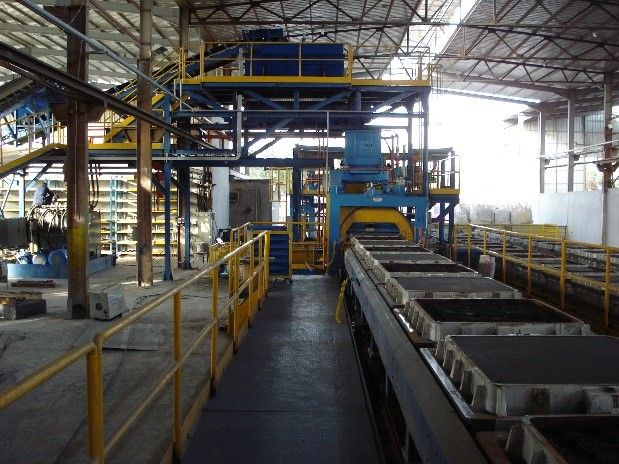
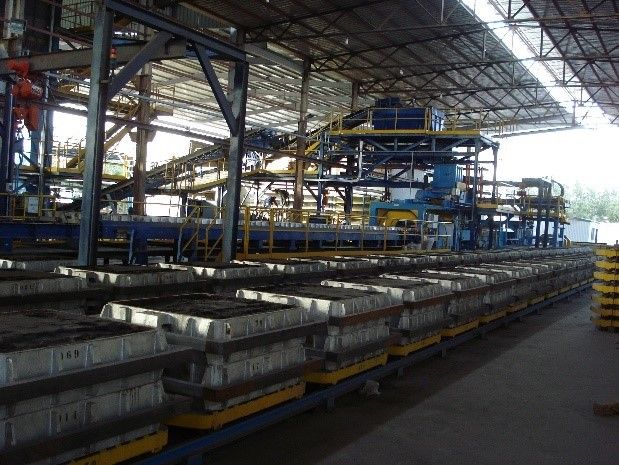
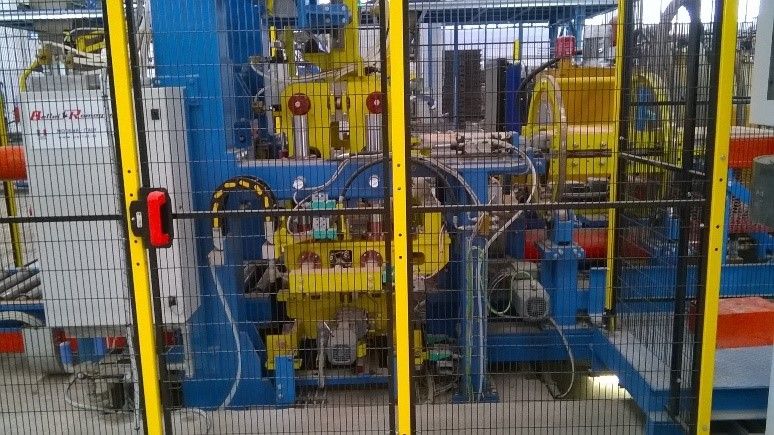
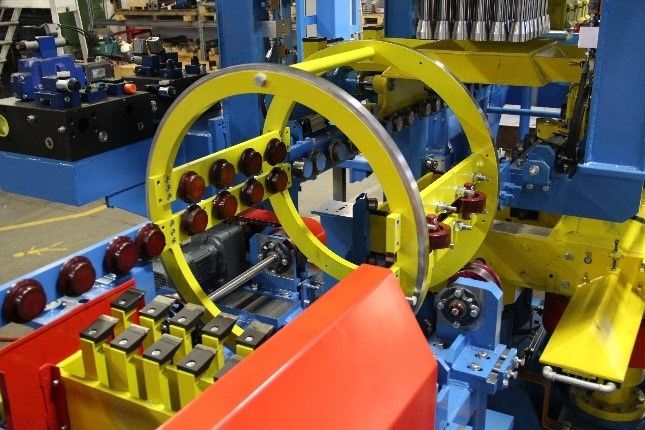
Drop Us a Line
Call Us Now
Get Direction